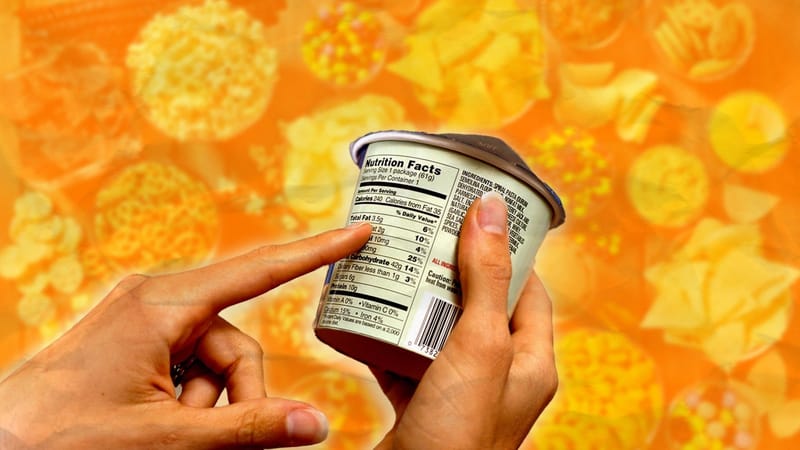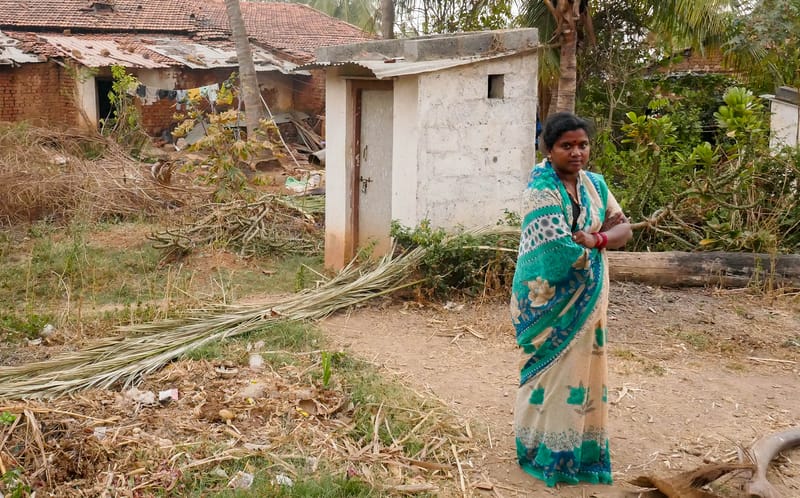Indian mass marriages give disadvantaged families the chance to celebrate
BY KIRSTI WEISZ Underprivileged families in rural India are breaking tradition and getting married in community ceremonies with up to 101 couples being wed at once. Sridevi, who comes from a small village near Hubli in southern India, shared her...
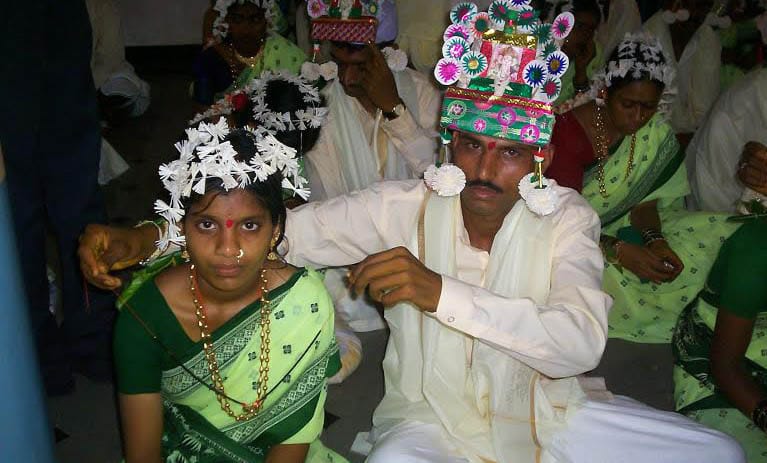
BY KIRSTI WEISZ
Underprivileged families in rural India are breaking tradition and getting married in community ceremonies with up to 101 couples being wed at once.
Sridevi, who comes from a small village near Hubli in southern India, shared her wedding day with 26 other couples. She estimates that up to 11,000 people from across 23 villages attended her wedding.
“What I liked the most about the ceremony was that so many people came from different villages – some were even from 100 kilometres away – and many elders came as well,” Sridevi says.
Sridevi was 18 when she married. She may not have known her fellow brides and grooms well, but she met with them once before the wedding day.
While Sridevi’s parents made the decision for her to be part of a mass marriage, she says she preferred it.
“If I had an individual marriage, only relatives would have come. But I got blessings from the parents of the other 26 couples and I enjoyed that part.”
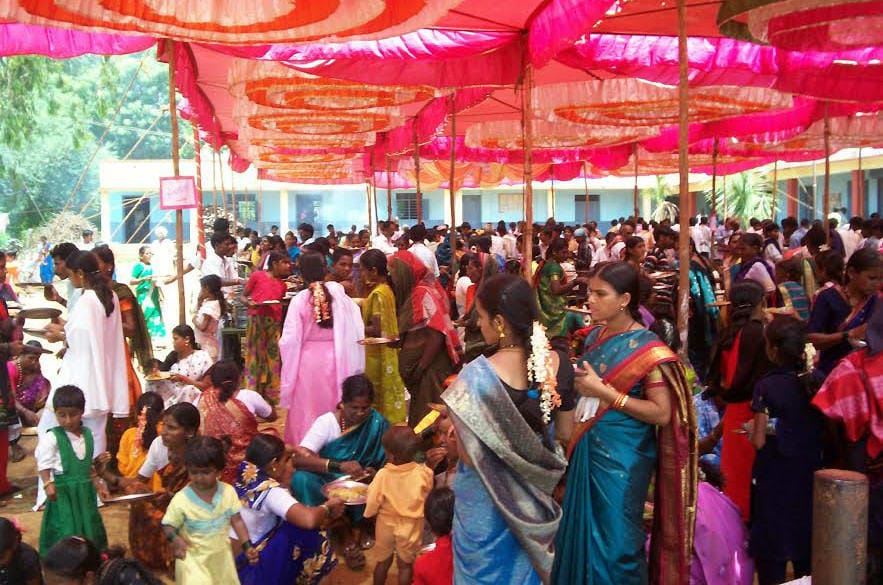
The marriage season in India runs from November to May. Usually Indian weddings can go for as long as a week but mass weddings are only held for one day.
“We’ve seen mass marriages of up to 101 couples and even 1,001 in a nearby town,” Sridevi says.
Mass marriages are organised across India as a way of saving money for underprivileged families.
In Surshettikoppa, where Sridevi lives, the wedding organisers pay for everything except the Mangalsutra, which is a cultural equivalent to a wedding ring. Clothing, water and food are provided.
BAIF Developing Research Foundation, a non-governmental organisation, has been raising awareness in Surshettikoppa about mass marriages to support families who could not afford the marriage expenses.
“Poor families were taking high interest loans from money lenders. Some of the families used to mortgage their assets for money,” says Mr Nagendrappa Bulla, a spokesperson for the Foundation.
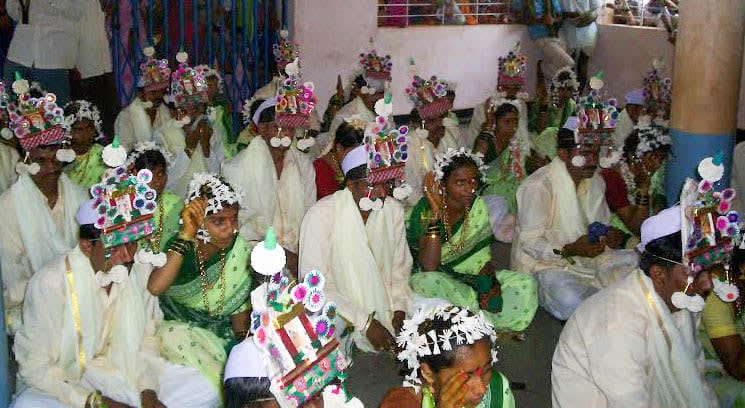
A women’s self-help group in Surshettikoppa works with BAIF and sponsors to host the marriages.
Ms Vandana Bhirkoppa, leader of the group, says that individual marriages are expensive, with parents taking out a dowry specifically for the ceremony.
“[Mass marriages] may have the same expenditure but there are more couples getting married,” Ms Bhirkoppa says.
“We take all the couples who are very poor [and] arrange the marriages.
“It’s a very big function because the whole village attends.”
Everyone in the village has a role to play in mass community weddings. The self-help group forms smaller committees, putting some people in charge of cooking while others tend to the decorations.
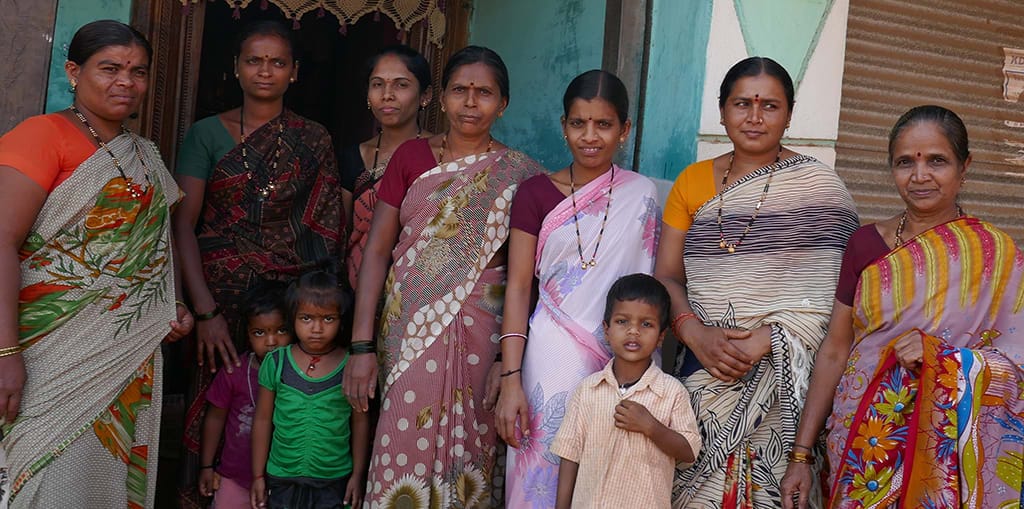
Ms Bhirkoppa enjoys the mass weddings so much that she sneaks off and becomes involved in every aspect of the wedding.
“It is beneficial and good for some people but most people have money now so they would like to do it on their own.
“If the group really wants to do one, we will get some couples together,” she says.
For Sridevi, breaking away from the traditional ceremony and having a mass wedding did not take away from her special day.
“Individual marriage, mass marriage, either way it’s a marriage,” Sridevi says.


